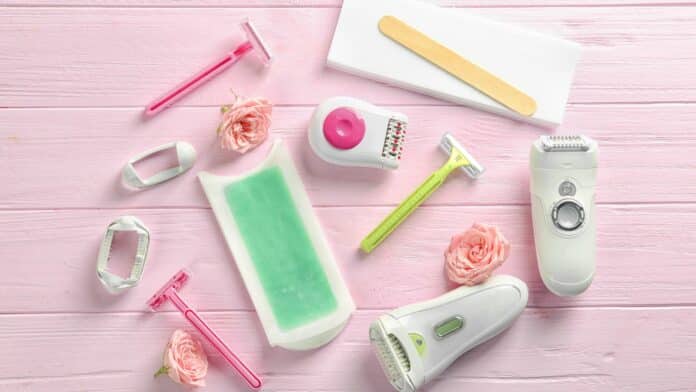When it comes to pubic hair, every person has their personal preference. It’s a personal choice that can be influenced by many factors, such as trends, sex, age, time period, and more. Pubic hair is believed to affect a person’s self-esteem. Previous studies have suggested that pubic hair grooming is associated with higher genitalia satisfaction among women.
In the past 20 years, there have been changes in female pubic hair grooming (PHG) practices. Most studies focus on female PHG attitudes, practices, and behaviors, with little information on male attitudes and behaviors.
A new study- led by Rebecca Deans from the School of Women’s and Children’s Health, The University of New South Wales, Sydney- explored the attitudes and practices of PHG from male and female perspectives.
The study explored attitudes, practices, and behaviors of PHG by surveying (online) 1560 male and female young adult participants. This research study was conducted over two time periods. The survey was first administered in 2014 and later to a similarly aged cohort in 2021 to determine changes in attitudes, practices, and behaviors associated with PHG.
Demographic data included age, gender, sexual orientation, relationship status, faculty/college enrolment, household income status, number of lifetime sexual partners, parity, and ever-tested positive for an STI. Participant preferences included current techniques and usual practices for removing genital hair and preferences for genital hair appearance, partner preferences for female PHG, specifics about sexual activity, and any cosmetic surgical procedure.
During completing the survey at each of the two different time points, participants were asked to reflect on their PHG attitudes, practices, and behaviours over the previous 12 months.
The χ2 test or Fisher’s exact test for categorical variables formally compared males and females. Scientists used logistic regression to explore independent factors of PHG.
Seventy-two percent of females and 64.7% of males were more likely to engage in PHG. Participants were more likely to groom their pubic hair for reasons associated with religion, comfort when wearing clothing, a neater and cleaner genital appearance, and before attending a healthcare consultation. Moreover, twice as many females compared with male groomers reported watching pornography (69.7% vs. 30.3%).
The University of New South Wales Human Research Ethics Committee (HREC) approved the study.
A handheld razor was the most used method by participants who groomed their PH. This outcome is not surprising given that this method for PH removal is inexpensive.
Furthermore, the prevalence of male pubic hair grooming reported may suggest that male motivation to remove their PH could be influenced by body image, as young males report PHG as a driver of their muscularity and body image, with a perceived increase in physical appearance being the main driver for men to PHG for sex.
Scientists noted, “Study results may shed light on the importance of receiving health advice from a healthcare professional about PHG, focusing on safe removal methods. Hence, healthcare providers could use consultations as a forum to discuss these issues with pubic hair groomers, and further research would be required to explore patients’ perceptions of PHG before examination or surgery.”
“Several factors can influence PHG. Our findings demonstrate that the reasons participants engage in PHG practices are for hygiene, aesthetics, comfort, and sexual satisfaction.”
Journal Reference:
- Rebecca Deans, Cathy Kexin Cui, Catherine Tam, Ana Beatrice L. Coronel, Gabriela Rosa, Brigitte Gerstl. Attitudes and practices associated with pubic hair grooming behaviours: A cross-sectional study. Anzjog. DOI: 10.1111/ajo.13633
